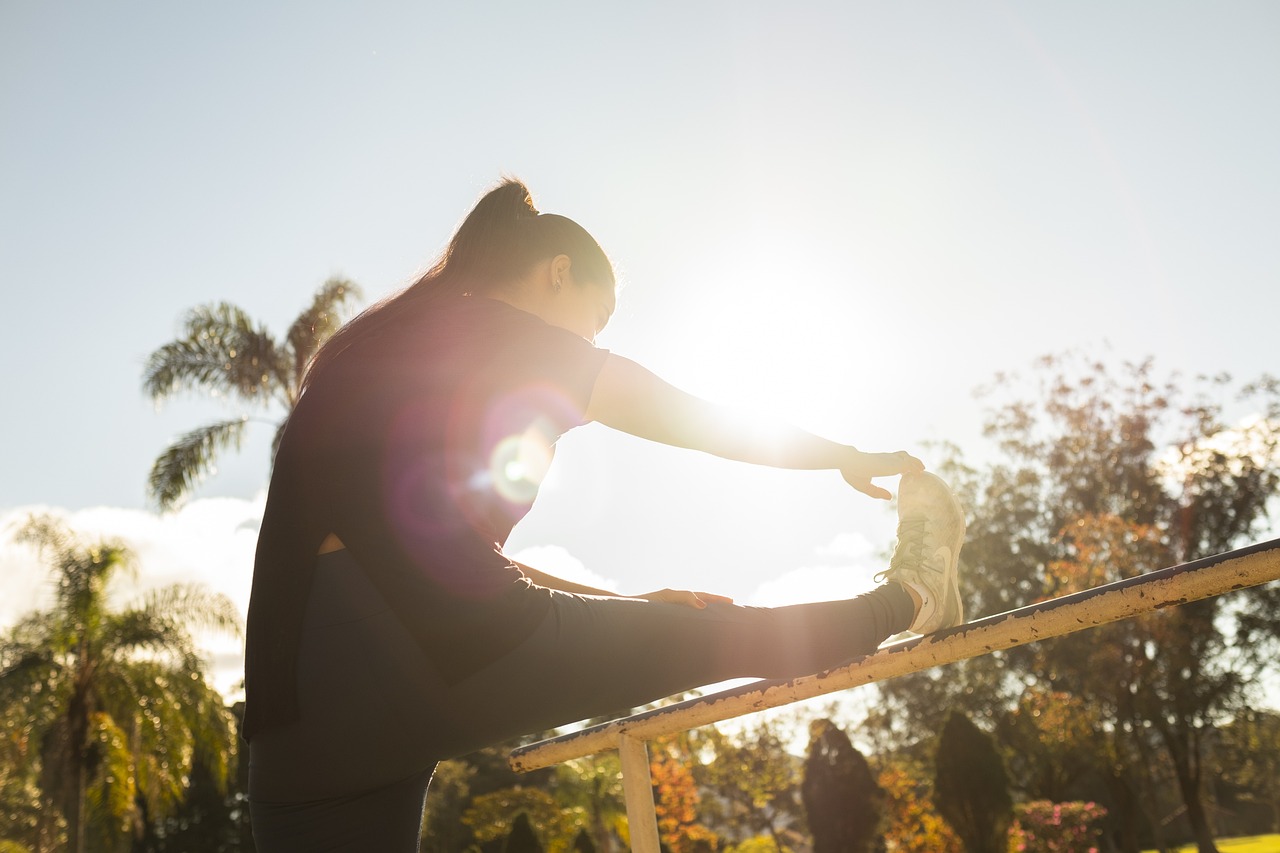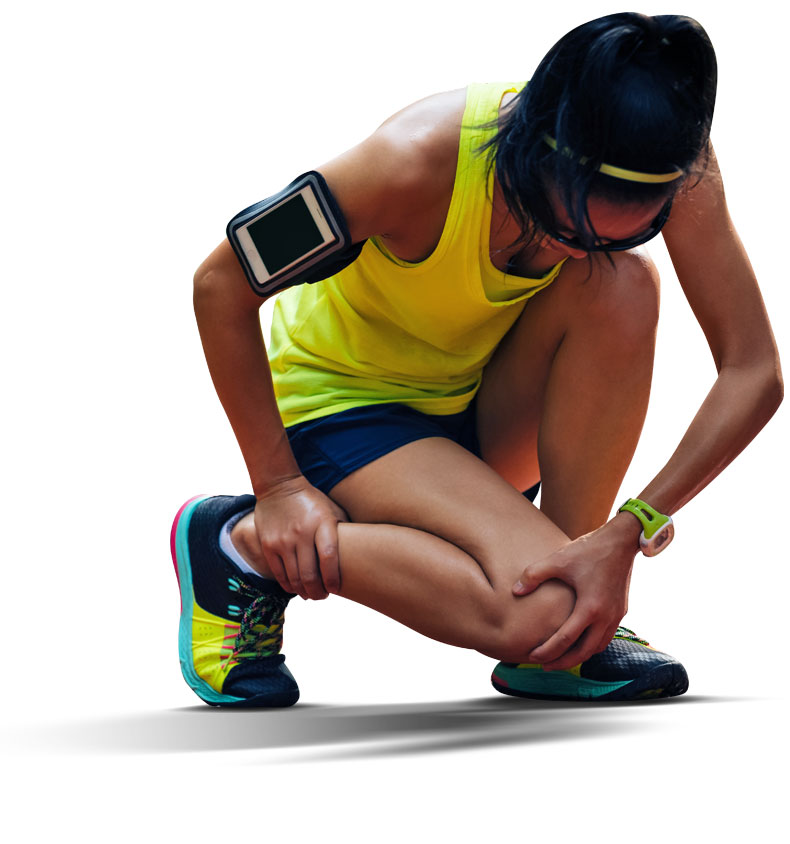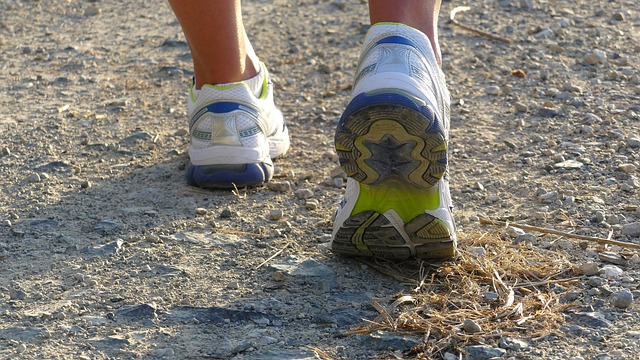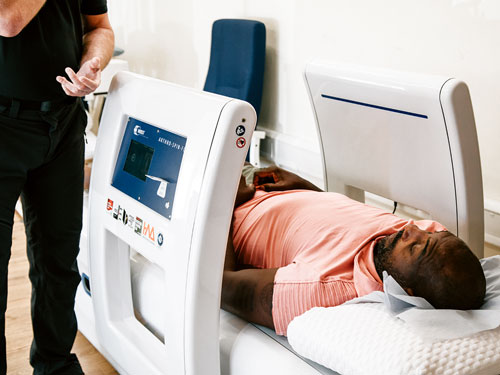For this blog, I consulted Richard Evans, a Chartered Physiotherapist with extensive experience in elite sports and MBST therapy.
Taking up running is a fantastic way to improve your fitness and well-being. Whether you’re a beginner or returning to running after a break or injury (like me), it’s important to approach it with care. Here are some tips to help you start on the right foot.

***QUICK TIPS***
For the shorter bullet-pointed version of this blog, skip to the bottom of the page.
Useful apps:
- Map My Run,
- Google Maps,
- AllTrails,
- Strava (my friend Joe and I use this app so we can compare routes and progress)
Enjoy the Process
Before diving into specific tips, remember that any physical activity should be something you enjoy. You don’t have to be a runner if it doesn’t excite you. Any movement is good for your health. By taking a sensible approach, you can minimise your risk of injury and build a sustainable running habit.
Gradual Progression – consistency over intensity
One of the biggest mistakes new runners make is doing too much too soon. Your body needs time to adapt to the new activity. Start with a combination of walking and running, gradually increasing your running time each week. There are many plans or apps available to help guide you, or you can consult a professional for a personalised plan. Remember, consistency over intensity is key in the beginning.

Proper Warm-up and Cool-down
Never skip these crucial steps! A good warm-up prepares your muscles and joints for activity, reducing the risk of injury. It can be as simple as 5-10 minutes of brisk walking followed by dynamic stretches like leg swings and arm circles. Cooling down allows your body to gradually return to a resting state and is the perfect time for static stretches (holding stretches for 15-30 seconds) to improve flexibility. Your preparation for your next run starts as soon as your current one finishes!

Listen to Your Body – pain is not gain
Pain is not gain when it comes to running. If you experience pain, don’t push through it. There are different forms of pain, and if it persists, seek professional guidance. It’s also important to respect your body’s need for rest and recovery. Alternate running days with cross-training activities like swimming or cycling to avoid overloading your tissues.
How to Start Running Outside
Whether you’re completely new to running outdoors or just need help transitioning after a long winter hibernation, the following adjustments will help you feel comfortable and strong running outdoors in no time.
– Start Slow: Indoor runs tend to be in a controlled environment. When you head outside, there are a lot of variables—weather, wind, elevation, and surface type, to name a few. Start at a pace that is a bit slower than your treadmill runs to get used to the outdoor differences. Once you adjust, you’ll be on your way to running your previous pace, if not faster.
– Take Walking Breaks: When you first start running outside, walk breaks that maybe you didn’t need on the treadmill could be useful. A walk break does not mean you failed your run. On the contrary, it could help you run for longer. Inserting one or several 30-60-second walks into the middle of your run can extend your workout and allow you to feel stronger. Walks can also help on hillier runs. If you’ve been running on a flat or low incline indoors, a brisk walk up steep hills is a great way to become used to new terrain. Before long, you’ll be running up inclines with ease.
– Plan Your Route in Advance: Part of the appeal of a treadmill run is that it requires much less planning. But the variety involved in going outside makes the little bit of extra work beforehand worth it. Setting up a predetermined running route will help you succeed on your outdoor journey. You won’t get lost or end up with more mileage than intended. You’ll also be ready for any hills along the way. If you don’t know the mileage of a route by your house, use a website or app like the ones listed at the top of the page to create new runs and experiment with different courses.
– Bring These Essentials with You: Always take some type of identification on a run, whether it is a licence or a Road ID. Carrying cash or a card can be helpful for water breaks if you are in an area without fountains. Or you can plan to carry water and supplemental nutrition with you in a running vest or belt. If you live within a city, pack a transit card in case you end up further from home than anticipated. Many runners like to unplug and leave their phone at home but consider carrying it along. It makes it easier to call for any assistance or to bring up a map in case you get lost. Check the weather before you go out to determine if you’ll need a jacket, hat, gloves, or other add-ons to your running attire.
– Switch Up the Surfaces You’re Running On: When you start running outside, it’s important to incorporate some variety into the surfaces you run on. Only running on pavement can be hard on your legs, so be sure to switch up your route every now and then. Take to the trails, grass, bridle paths, or dirt. Running on soft surfaces is easier on your body and can aid recovery from tougher runs. Plus, trail running is a beautiful hiatus from busy roads. Just be sure to stick to well-marked areas and consider bringing along a friend.

Invest in Quality Running Shoes
Invest in a good pair of running shoes appropriate for your foot type and gait. A speciality running store can help you find the perfect fit.

Find the Fun
The best way to get used to running outside is to make it exciting. Find a friend or join a running group. Don’t be afraid to run with others; you can find a runner or group in your area that trains at a similar speed or experience level. Plan a destination run to your favourite brunch place or coffee shop. Drive to a park or a new-to-you route. Having fun on the run is the best way to adapt and enjoy your time outdoors.
By following these tips, you’ll be able to enjoy running while minimising your risk of injury. Remember to be patient with yourself and stay consistent. Happy running!
Treat Your Sports Injuries with MBST

MBST targets specific cells and stimulates them into regrowth, providing active cell regeneration when the body’s self-regeneration ability is impaired due to injury.
MBST is used to successfully treat fractures, bruised bones, cartilage damage, muscle tears, tendon and ligament ruptures, and nerve damage. It targets specific cells and stimulates them into regrowth, providing active cell regeneration when the body’s self-regeneration ability is impaired due to injury. The natural healing process is enhanced with MBST treatment, speeding up the process and working with your body’s cells to stimulate the repair of the damaged area. In many cases, MBST can prevent the need for surgery and long-term medication.
Don’t just take our word for it, hear from the patients who experienced the benefits of MBST firsthand.
QUICK READ VERSION
Before we get into specific tips, any physical exercise you begin, or return to after a period of time should be something you enjoy. Any movement is good, you don’t have to be a runner if you don’t want to be.
If you have any anxiety about it, talk to someone; a friend, a physio, a doctor.
By taking a sensible approach, you can minimise your risk of injury and build a sustainable running habit.
Now, into specifics:
1. Gradual Progression:
The biggest mistake new runners make is doing too much too soon.
Your body needs time to adapt.
Start with a combination of walking and running, gradually increasing your running time each week.
There are many plans available to help guide you, or you can consult a professional for a personalised plan.
Remember, consistency over intensity is key in the beginning.
2. Proper Warm-up and Cool-down:
Never skip these crucial steps!
A good warm-up prepares your muscles and joints for activity, reducing the risk of injury. It can be as simple as 5-10 minutes of brisk walking followed by dynamic stretches like leg swings and arm circles.
Cooling down allows your body to gradually return to a resting state, and it’s the perfect time for static stretches (holding stretches for 15-30 seconds) to improve flexibility.
Your preparation for your next run starts as soon as your current one finishes!
3. Listen to Your Body:
Pain is not gain when it comes to running.
If you experience pain, don’t push through it. Rest is best.
There are different forms of pain and if it persists, seek professional guidance.
It’s also important to respect your body’s need for rest and recovery.
Alternate running days with cross-training activities like swimming or cycling to avoid overloading your tissues.
Bonus Tip:
Invest in a good pair of running shoes that are appropriate for your foot type and gait. A speciality running store can help with this.

